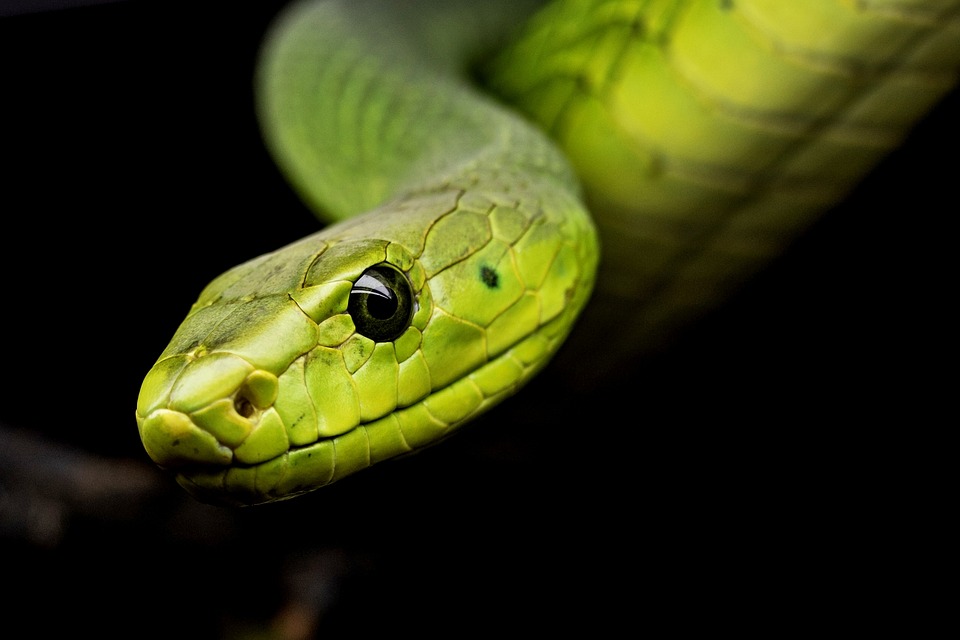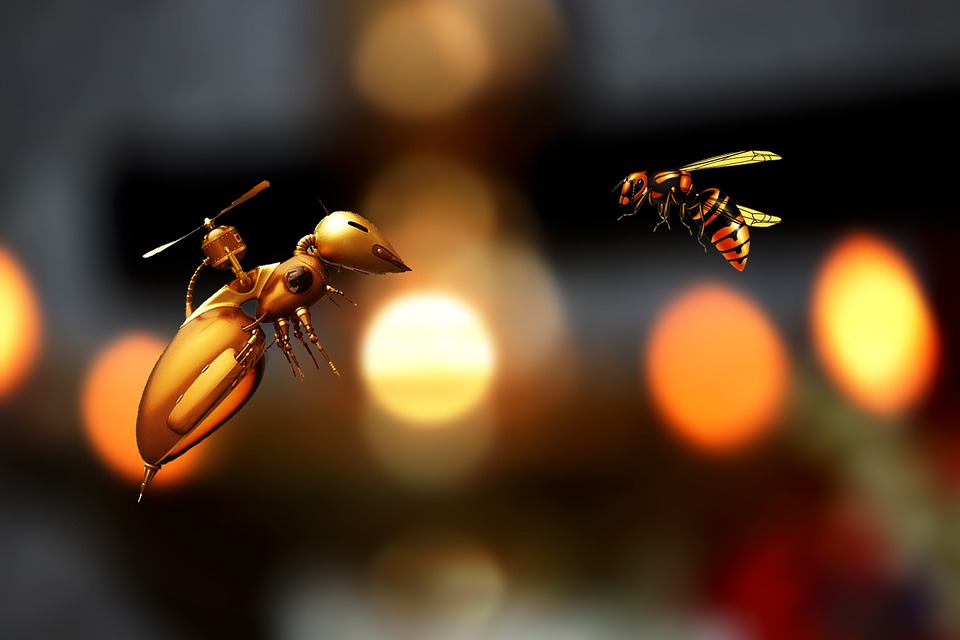
The evolution of birds is a fascinating story that spans over millions of years. Birds are a diverse group of animals that have evolved to occupy almost every conceivable niche on Earth. Their evolutionary history is marked by the development of several key adaptations, one of which is feathers. Feathers are a unique feature of birds that have played a crucial role in their diversification and success. In this essay, we will explore the various stages of bird evolution and how the development of feathers contributed to their diversification.
Birds belong to the class Aves, which includes around 10,000 species. They are descended from theropod dinosaurs, a group of bipedal carnivorous dinosaurs that lived during the Mesozoic era. The earliest known bird, Archaeopteryx, lived during the Late Jurassic period, about 150 million years ago. Archaeopteryx had a mix of bird-like and reptilian features, such as feathers, wings, and a long tail.
Feathers are unique to birds, and they are one of the defining characteristics of the class Aves. Feathers have several functions, including flight, insulation, communication, and display. The development of feathers was a crucial step in the evolution of birds, and it played a key role in their diversification.
Feathers are made of a protein called keratin, which is also found in reptile scales, hair, and nails. The evolution of feathers from reptile scales is still a matter of debate among scientists, but most agree that feathers evolved from scales on the arms of theropod dinosaurs. The earliest feathers were probably simple, hair-like structures that provided insulation and may have been used for display. Over time, feathers became more complex, and they developed the ability to provide lift and enable flight.
Flight is one of the most important adaptations in the evolution of birds. Flight allows birds to travel long distances, escape predators, find food, and explore new habitats. The evolution of feathers played a crucial role in the development of flight. Feathers are lightweight and flexible, which makes them ideal for flight. The shape and arrangement of feathers on a bird’s wings and tail are critical for generating lift and control during flight.
Feathers also provide insulation, which is essential for regulating body temperature. Birds are warm-blooded animals, which means that they maintain a constant body temperature regardless of their surroundings. Feathers help birds to retain heat by trapping a layer of air close to the skin. This layer of air acts as insulation, which keeps the bird warm in cold temperatures. In addition, many birds have a layer of down feathers, which provide extra insulation.
Feathers also play a role in communication and display. Many birds use their feathers to attract mates, establish dominance, or signal their presence to others. For example, male peafowl have elaborate feathers that they use to attract females during courtship displays. Many songbirds also have colorful feathers that they use to attract mates and establish territories.
The evolution of feathers has contributed to the diversification of birds in several ways. Feathers have allowed birds to colonize a wide range of habitats, including forests, deserts, and oceans. Feathers have also allowed birds to develop a wide range of behaviors, such as flight, diving, and swimming. The ability to fly has allowed birds to occupy a unique niche in the ecosystem, and it has enabled them to exploit resources that are not available to other animals.
Feathers have also contributed to the diversification of birds by enabling them to develop a wide range of body shapes and sizes. Feathers are lightweight and flexible, which means that they can be arranged in a variety of ways to achieve different shapes and functions. This flexibility has allowed birds to evolve into a wide range of forms, from the tiny hummingbird to the enormous ostrich.
Feathers have also allowed birds to develop a wide range of colors and patterns. The colors and patterns of feathers are important for communication and display. Many birds use their feathers to attract mates, establish territories, or signal their presence to others. The bright and colorful plumage of many birds, such as parrots, toucans, and hummingbirds, is a result of sexual selection. The colors and patterns of feathers can also provide camouflage, which is essential for avoiding predators.
The evolution of feathers has also played a role in the evolution of bird behavior. Flight has enabled birds to develop a wide range of behaviors, such as migration, foraging, and hunting. Migration is a behavior that is unique to birds, and it has allowed them to exploit resources in different parts of the world. Foraging and hunting behaviors have allowed birds to exploit a wide range of food sources, from seeds and insects to fish and small mammals.
In conclusion, the development of feathers has been a crucial step in the evolution of birds. Feathers have played a key role in the development of flight, insulation, communication, and display. Feathers have also contributed to the diversification of birds by enabling them to occupy a wide range of habitats, develop a wide range of behaviors, and evolve into a wide range of shapes, sizes, colors, and patterns. The evolution of feathers has been a remarkable example of how an adaptation can drive the diversification and success of a group of animals.







